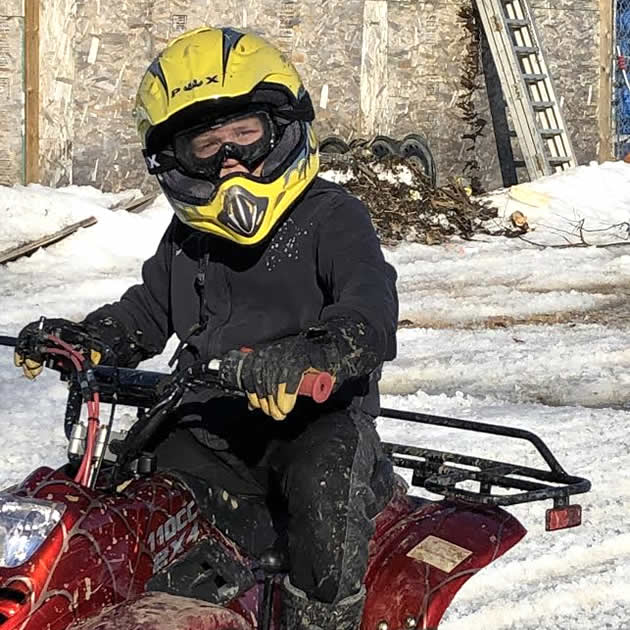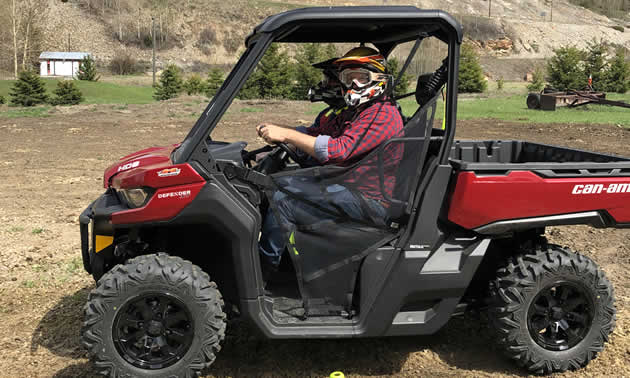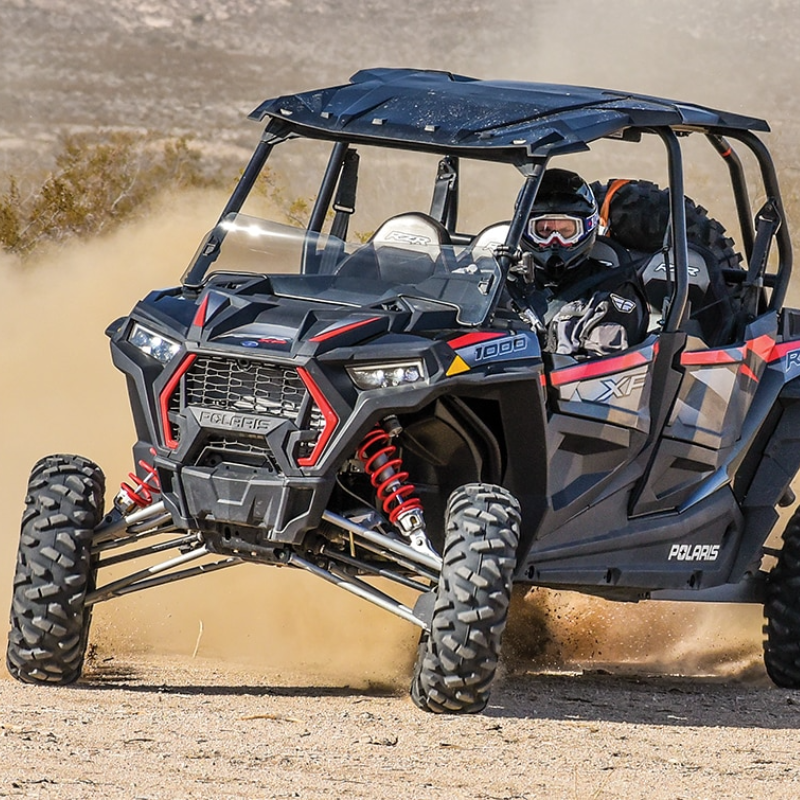When it comes to ATV riding, safety should always be top of mind. It’s a practice that goes beyond avoiding paved roads and always remembering to wear DOT-compliant gear. To make sure you and your ride are prepared for this riding season, a refresher course on the dos and don’ts of riding safety might be in order.
David Marko, a journeyman millwright, is an ATV Canadian AQCC Safety Institute chief instructor and Recreational Off-Highway Vehicle Association safety instructor for side-by-sides. He has been working along with the Alberta Off-Highway Vehicle Association (AOHVA) to help people become better riders.
His CASI course is a hands-on class that teaches people to become better drivers through the implementation of strategies and practice.
“Riders are taught important skills like proper body positioning while riding, how to overcome obstacles from the driver’s seat and how to work alongside and with the environment,” said Marko. “CASI is very environmentally conscious and teaches students to respect the wildlife in the environment along with others around them.”
In preparation for heading out on the trails, every rider should go through their equipment’s owner’s manual to ensure they check their individual gear correctly.
“Before going out, we use an acronym called T-CLOC,” said Marko. “T stands for tires and wheels, C for controls, L for lights, O for oils and C stands for chassis. Your owner’s manual will show you what equipment to check on your particular machine.”
Above all, riders should use their common sense. Remember to never ride under the influence of alcohol or drugs, to ride a vehicle that’s suited to your body stature and age, and to ride only on designated trails and at safe speeds. Passengers should never exceed an ATV’s intended limit. It’s of the utmost importance to supervise riders younger than 16 years of age.
“Contact your local riding association like the AOHVA,” Marko said. “The federations and riding groups in your area should lead you to classes or groups to gain a better knowledge of your riding capabilities.”

DOT-compliant gear is a must when riding the trails. — Photo courtesy David Marko








Comments